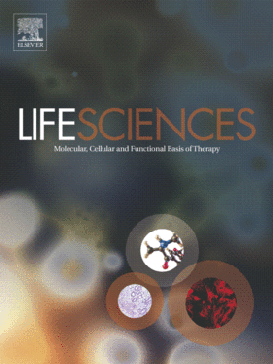
“The endocannabinoid system (ECS) comprises cannabinoid receptors (CBs), endogenous cannabinoids, and enzymes responsible for their synthesis, transport, and degradation of (endo)cannabinoids.
To date, two CBs, CB1 and CB2, have been characterized; however, orphan G-protein-coupled receptor GPR55 has been suggested to be the third putative CB.
Several different types of cancer present abnormal expression of CBs, as well as other components of ECS, and this has been shown to correlate with the clinical outcome.
Although most effects of (endo)cannabinoids are mediated through stimulation of classical CBs, they also interact with several molecules, either prosurvival or proapoptotic molecules.
It should be noted that the mode of action of exogenous cannabinoids differs significantly from that of endocannabinoid and results from the studies on their activity both in vivo and in vitro could not be easily compared.
This review highlights the main signaling pathways involved in the antitumor activity of cannabinoids and the influence of their activation on cancer cell biology.
We also discuss changes in the expression pattern of the ECS in various cancer types that have an impact on disease progression and patient survival.
A growing amount of experimental data imply possible exploitation of cannabinoids in cancer therapy.”
http://www.ncbi.nlm.nih.gov/pubmed/27486335









